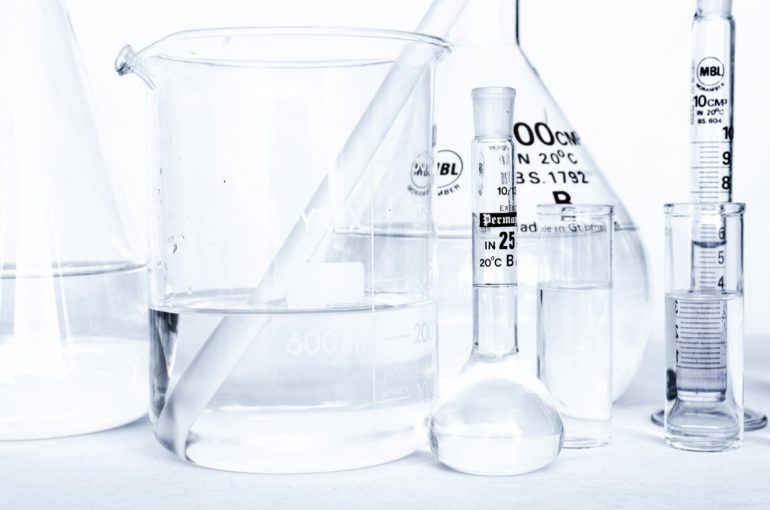Cells used to study the human blood brain barrier in the lab aren’t what they seem, throwing nearly a decade’s worth of research into question, a new study from scientists at Columbia University Vagelos College of Physicians and Surgeons and Weill Cornell Medicine suggests.
The team also discovered a possible way to correct the error, raising hopes of creating a more accurate model of the human blood-brain barrier for studying certain neurological diseases and developing drugs that can cross it.
The study was published online Feb. 4 in the Proceedings of the National Academy of Sciences (PNAS).
“The blood-brain barrier is difficult to study in humans and there are many differences between the human and animal blood-brain barrier. So it’s very helpful to have a model of the human blood-brain barrier in a dish,” says co-study leader Dritan Agalliu, Ph.D., associate professor of pathology and cell biology (in neurology) at Columbia University Vagelos College of Physicians and Surgeons.
The in vitro human blood-brain barrier model, developed in 2012, is made by coaxing differentiated adult cells, such as skin cells, into stem cells that behave like embryonic stem cells. These induced pluripotent stem cells can then be transformed into mature cells of almost any type—including a type of endothelial cell that lines the blood vessels of the brain and spinal cord and forms a unique barrier that normally restricts the entry of potentially dangerous substances, antibodies, and immune cells from the bloodstream into the brain.
Agalliu previously noticed that these induced human “brain microvascular endothelial cells,” produced using the published approach in 2012, did not behave like normal endothelial cells in the human brain. “This raised my suspicion that the protocol for making the barrier’s endothelial cells may have generated cells of the wrong identity,” says Agalliu.
“At the same time the Weill Cornell Medicine team had similar suspicions, so we teamed up to reproduce the protocol and perform bulk and single-cell RNA sequencing of these cells.”
Their analysis revealed that the supposed human brain endothelial cells were missing several key proteins found in natural endothelial cells and had more in common with a completely different type of cell (epithelial) that is normally not found in the brain.
The team also identified three genes that, when activated within induced pluripotent cells, lead to the creation of cells that behave more like bona fide endothelial cells. More work is still needed, Agalliu says, to create endothelial cells that produce a reliable model of the human blood-brain barrier. His team is working to address this problem.
“The misidentification of human brain endothelial cells may be an issue for other types of cells made from induced pluripotent cells such as astrocytes or pericytes that form the neurovascular unit,” Agalliu says. The protocols to generate these cells were created before the advent of single-cell technologies that are better at uncovering a cell’s identity. “Cell misidentification remains a major problem that needs to be addressed in the scientific community in order to develop cells that mirror those found in the human brain. This will allow us to use these cells to study the role of genetic risk factors for neurological disorders and develop drug therapies that target the correct cells that contribute to the blood-brain barrier.”
The study is titled, “Pluripotent stem cell-derived epithelium misidentified as brain microvascular endothelium requires ETS factors to acquire vascular fate.”
Malaria tricks the brain’s defence system, new study says
More information:
Tyler M. Lu et al, Pluripotent stem cell-derived epithelium misidentified as brain microvascular endothelium requires ETS factors to acquire vascular fate, Proceedings of the National Academy of Sciences (2021). DOI: 10.1073/pnas.2016950118
Provided by
Columbia University Irving Medical Center
Citation:
Critical flaw found in lab models of the human blood-brain barrier (2021, February 6)
retrieved 6 February 2021
from https://medicalxpress.com/news/2021-02-critical-flaw-lab-human-blood-brain.html
This document is subject to copyright. Apart from any fair dealing for the purpose of private study or research, no
part may be reproduced without the written permission. The content is provided for information purposes only.



